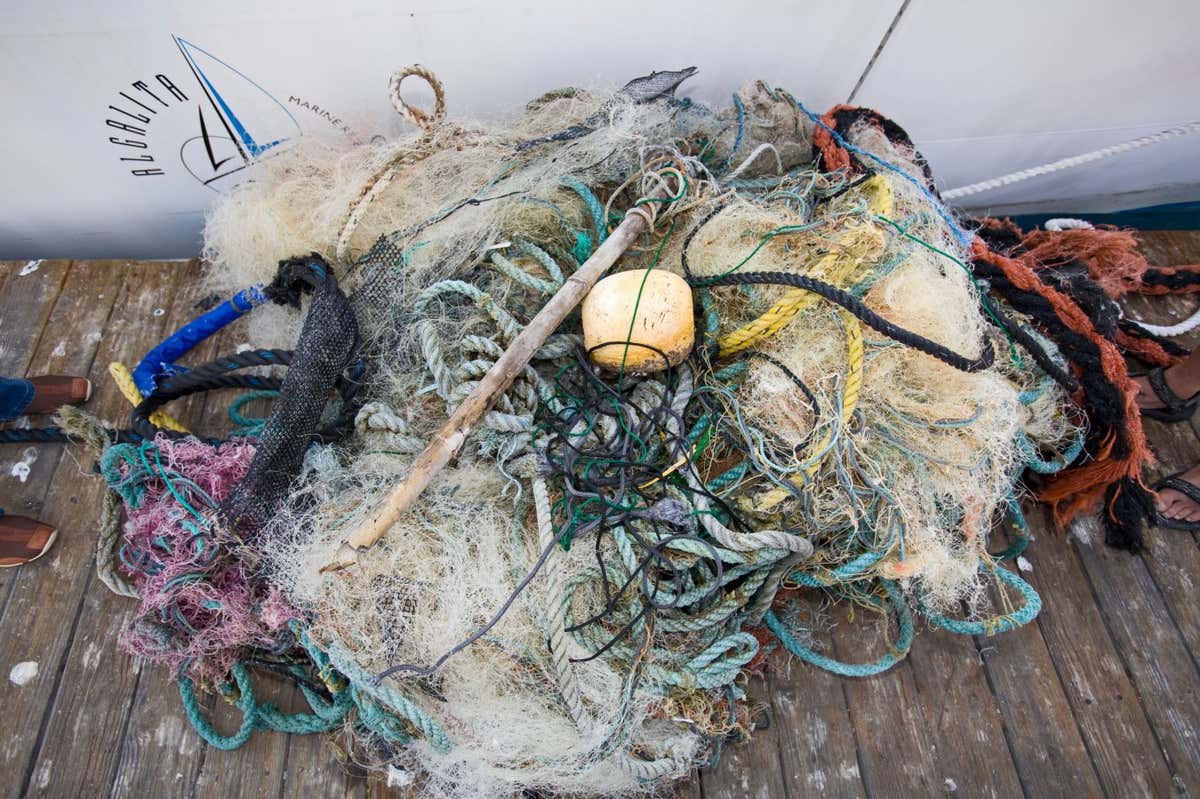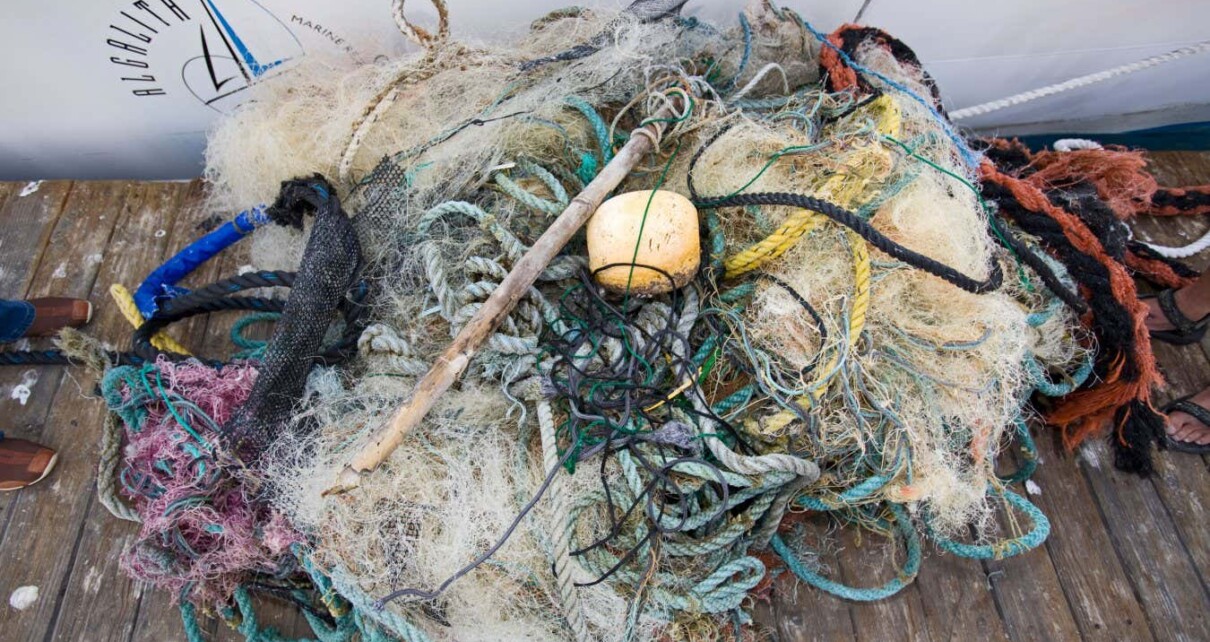[ad_1]

Rubbish pulled from the Great Pacific Garbage Patch hosts a community of animals that normally live on coasts
Citizen of the Planet/Alamy Stock Photo
Coastal sea creatures have been found living and reproducing on the Great Pacific Garbage Patch, thousands of kilometres away from their natural habitat. The discovery could reshape our understanding of where coastal marine creatures can survive.
The Great Pacific Garbage Patch is a vast collection of waste – much of it plastic – located between Hawaii and California, covering an estimated 1.6 million square kilometres of ocean.
Researchers have previously found ocean-dwelling marine species living around the patch, but now it seems that coastal creatures have also established a permanent home there.
James Carlton at the Williams College and Mystic Seaport Museum in Connecticut and his colleagues collected 105 items of plastic waste from the garbage patch between November 2018 and January 2019. More than 70 per cent of the plastic items had evidence of coastal species living on them, with organisms including shrimp-like arthropods, sea anemones and molluscs identified. In fact, coastal species outnumbered pelagic species that live in the open sea by a ratio of 3 to 1, the team found.
The coastal creatures seemed to be permanently living and reproducing on the plastic patch, says Carlton. “These are species that have rafted out with coastal debris and have now successfully found essentially a novel habitat out there,” he says.
The discovery upends the assumption that coastal species couldn’t survive out in the open ocean and helps to solidify evidence that new types of ecological “neopelagic communities” are establishing themselves on plastic debris in the open ocean. “This has reset my thinking about how coastal species can survive in an environment in which they’ve not evolved,” says Carlton.
We don’t yet know how this plastic ecosystem functions, including what the coastal creatures eat or how they interact with ocean-dwelling fish species.
Carlton warns that floating communities like this one could pose a threat to coastal ecosystems. It has created a new epicentre of coastal species that could travel as invasive species into new coastal habitats, he says. “I would fully expect that as a result of this we will see more invasions of coastal zones,” he says.
Topics:
[ad_2]
Source link




